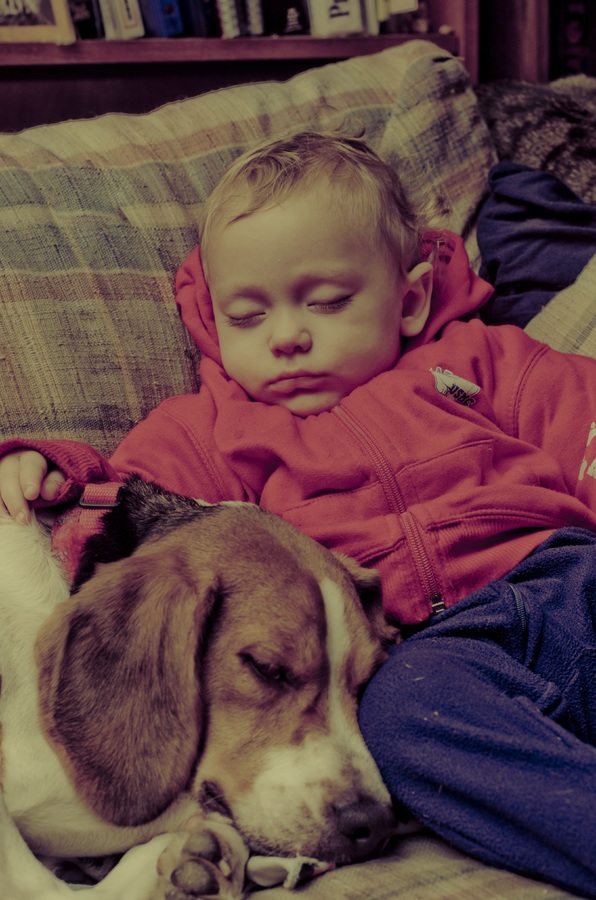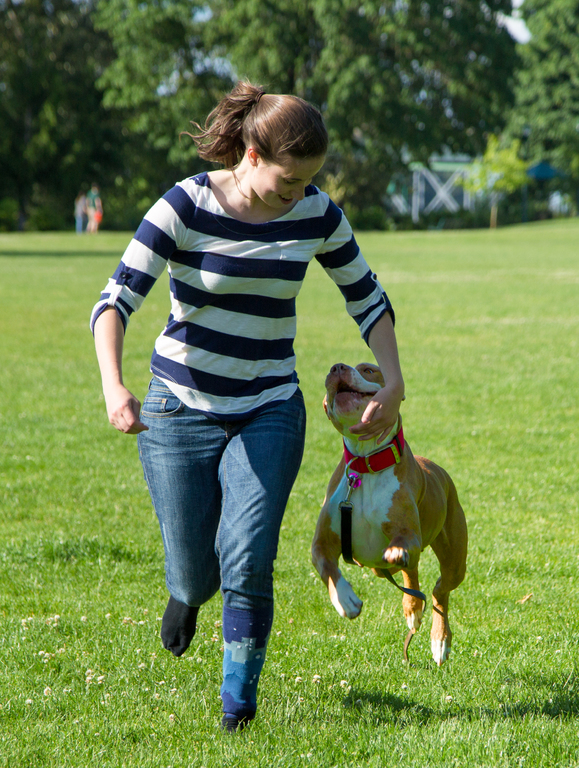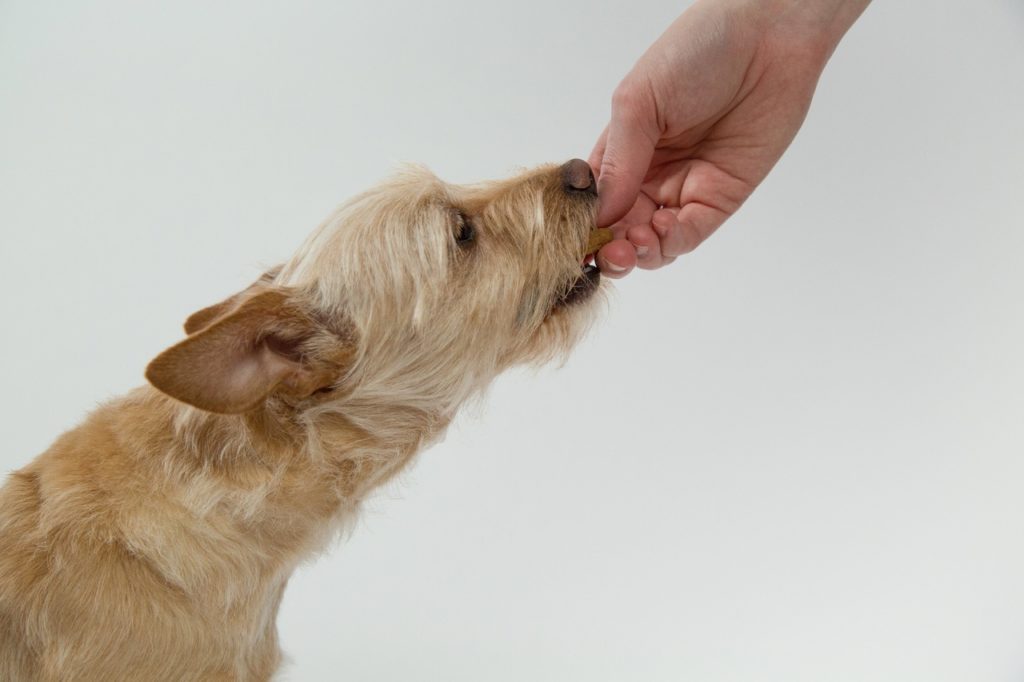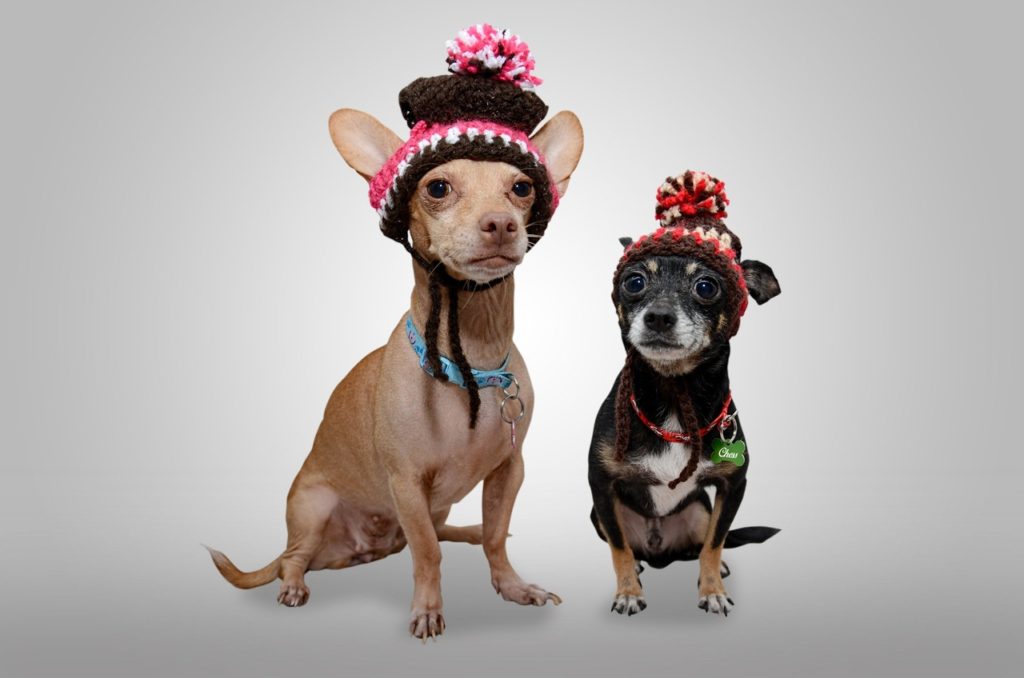Imagine teaching your dog to master the 'sit' command within days, all while strengthening your bond and communication.
The use of treats in training goes beyond mere bribery; it taps into your dog's intrinsic motivation and accelerates their learning curve.
But why stop at basic commands? By uncovering the psychology behind treat-based training, you can unlock a world of possibilities in shaping your dog's behavior and skills.
Let's explore how this simple yet powerful method can revolutionize your training sessions and transform your canine companion into a well-rounded, obedient pet.
Key Takeaways
- Treats motivate and reinforce desired behaviors effectively.
- Building positive associations with learning enhances receptiveness and enthusiasm.
- Tailoring treats to individual preferences optimizes positive reinforcement.
- Accelerated skill acquisition through reinforcement speeds up the learning process.
Benefits of Using Treats in Training
Using treats in dog training not only motivates your furry companion but also reinforces desired behaviors effectively. When you offer a treat as a reward for good behavior, your dog connects the action with a positive outcome, making them more likely to repeat the desired behavior.
Treats serve as powerful incentives, encouraging your dog to focus and engage with the training process. By associating treats with specific actions, you can communicate clearly with your dog, guiding them towards learning new skills.
Additionally, treats create a positive and enjoyable learning environment, strengthening the bond between you and your pet. Remember, consistency is key in using treats as reinforcement to ensure that your dog learns and retains the behaviors you're teaching.
Increased Motivation and Engagement
To enhance your dog's motivation and engagement during training, focus on creating a positive association between desired behaviors and the use of treats. When your dog receives a treat for performing a command correctly, they connect the action with a pleasurable outcome, increasing their motivation to repeat the behavior.
This positive reinforcement strengthens their engagement in the training process, making them more eager to participate and learn. By consistently rewarding desired behaviors with treats, you're reinforcing the behavior you want to see more of, leading to improved focus and responsiveness from your dog.
Building Positive Associations With Learning
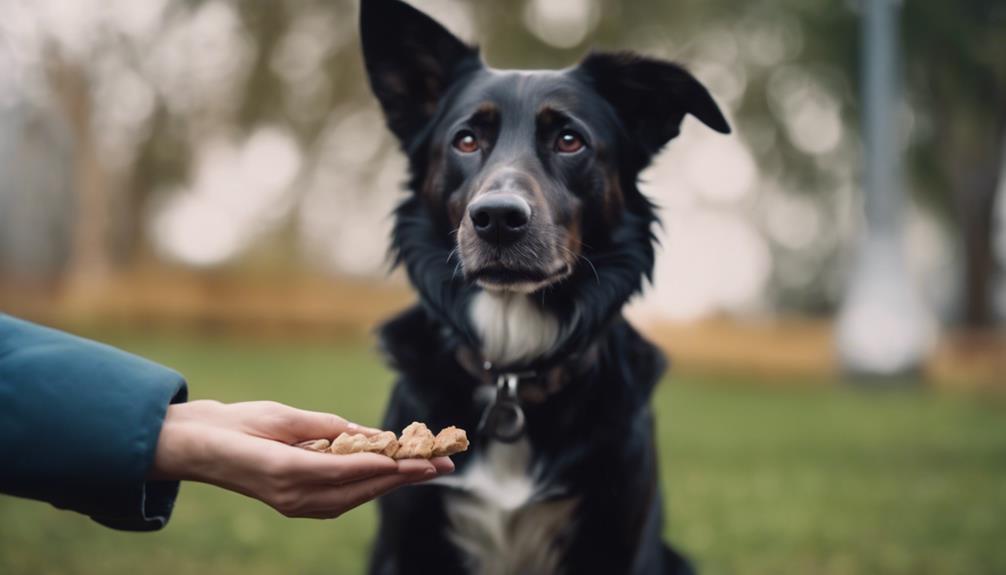
Building positive associations with learning enhances your dog's receptiveness and enthusiasm for training sessions. By pairing the act of learning with positive experiences such as receiving treats, your dog starts to connect training with enjoyment.
This association encourages your dog to actively participate in training exercises and increases their motivation to learn new skills. When your dog sees training as a fun and rewarding activity, they're more likely to engage in the process willingly.
Positive associations with learning also help in creating a bond based on trust and cooperation between you and your furry companion. Therefore, focusing on building these positive connections can significantly improve your dog's attitude towards training and overall success in acquiring new behaviors.
Accelerated Skill Acquisition Through Reinforcement
Accelerate your dog's skill acquisition by consistently reinforcing desired behaviors with high-value treats. This method not only speeds up the learning process but also strengthens the desired behaviors.
Here are some key points to consider:
- Timeliness: Immediately reward your dog after displaying the desired behavior to reinforce the association.
- Variety: Use a variety of high-value treats to maintain motivation and prevent habituation.
- Consistency: Be consistent in your reinforcement to avoid confusion and reinforce the behavior effectively.
- Precision: Deliver treats with precision to reinforce the exact behavior you desire.
- Gradual Fading: Gradually reduce the frequency of treats as the behavior becomes more solidified to prevent dependency.
Tailoring Treats to Individual Preferences
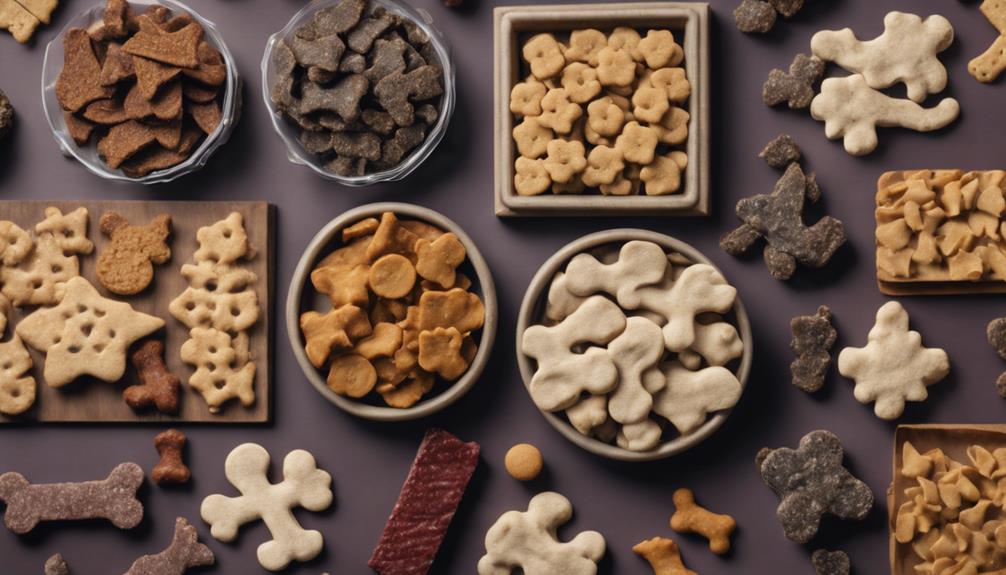
Tailoring treats to suit individual preferences plays a crucial role in optimizing the effectiveness of positive reinforcement in dog training. Just as each dog has unique characteristics and behaviors, their treat preferences can vary widely.
By identifying what treats your dog finds most enticing, you can ensure that the rewards used in training are highly motivating. Some dogs may prefer soft treats with strong scents, while others might be more motivated by crunchy snacks.
Experiment with different types of treats to see what elicits the best response from your furry friend. Remember, the more appealing the treat, the more successful your positive reinforcement training sessions are likely to be.
Addressing Behavioral Challenges With Treats
To effectively address behavioral challenges using treats in dog training, consider the specific behaviors you aim to modify and how treats can be strategically utilized to reinforce desired outcomes. When facing challenges such as excessive barking, leash pulling, or aggression, treats can play a crucial role in shaping your dog's behavior positively.
Here are some key points to keep in mind:
- Identify the Root Cause: Understand why the behavior is occurring to address it effectively.
- Consistency is Key: Reinforce desired behaviors consistently to see lasting results.
- Gradual Progress: Break down complex behaviors into smaller achievable steps for success.
- Timing Matters: Reward the behavior immediately to reinforce the connection between action and reward.
- Adjust Treat Value: Use higher-value treats for more challenging behaviors to increase motivation.
Enhancing Communication and Bonding
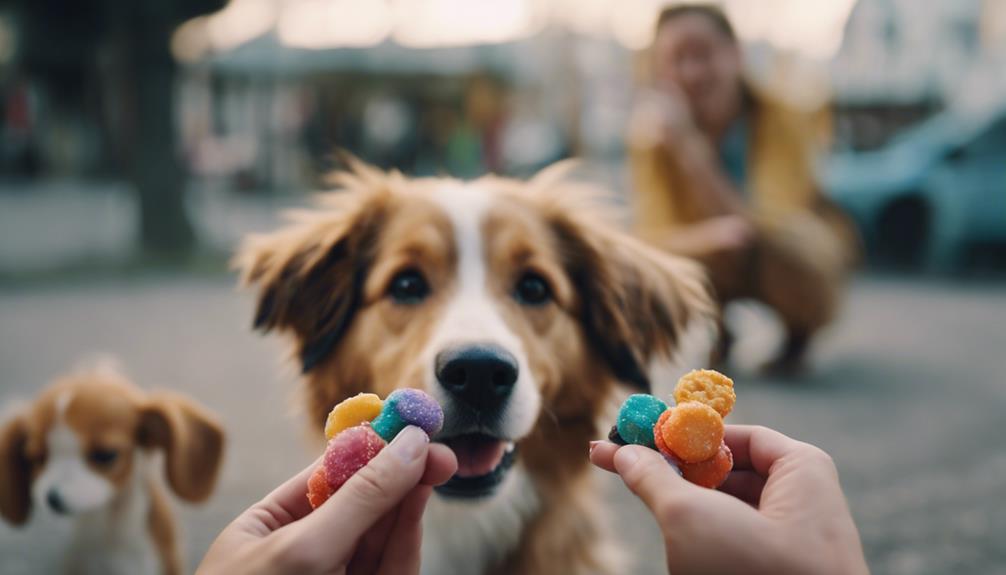
In deepening your bond with your canine companion, effective communication through positive reinforcement techniques can be key. By using treats in training, you aren't only rewarding desired behaviors but also creating a language of positivity and understanding between you and your dog.
When you offer treats for good behavior, you're reinforcing a connection based on trust, respect, and mutual benefit. This form of communication helps your dog associate your commands with positive outcomes, strengthening your bond and deepening your relationship.
Through consistent use of treats as rewards, you aren't just teaching new skills but also fostering a sense of cooperation and companionship that's built on clear communication and shared experiences.
Long-Term Behavior Maintenance and Success
For maintaining long-term success in reinforcing desired behaviors, consistency in using treats as rewards is essential. Remember, your dog's behavior is influenced by the predictability and reliability of rewards.
Here are some key points to help you maintain long-term success in training your furry companion:
- Regular Training Sessions: Consistently schedule training sessions to reinforce learned behaviors.
- Gradual Reduction of Treats: Slowly decrease treat frequency as your dog becomes more proficient in the desired behaviors.
- Variety in Treats: Use a variety of treats to keep training exciting and engaging for your dog.
- Real-Life Application: Practice reinforced behaviors in different real-life scenarios to ensure generalization.
- Positive Reinforcement Beyond Treats: Incorporate verbal praise and physical affection as additional forms of reinforcement.
Conclusion
In conclusion, using treats in training is a highly effective way to teach new skills to your dog.
By incorporating positive reinforcement techniques, you can increase motivation, build positive associations, accelerate skill acquisition, address behavioral challenges, enhance communication, and strengthen your bond.
With the right approach and consistency, you can unlock your dog's full potential and enjoy a successful and rewarding training journey together.

